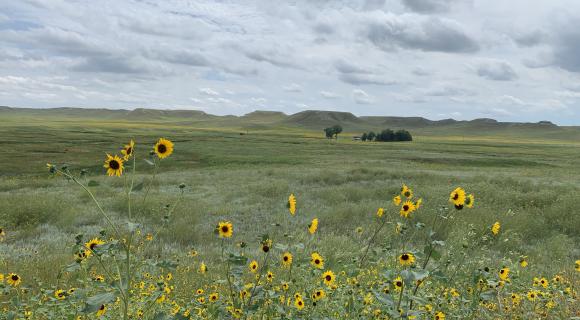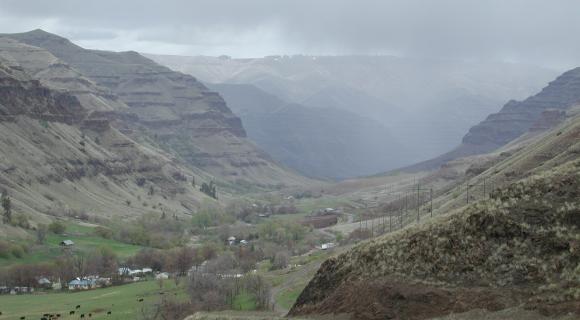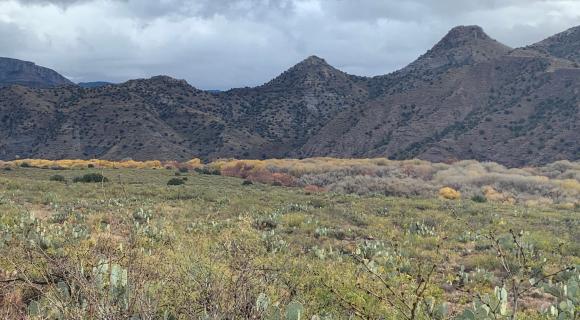
- Body
Written by Aaron Lien, Assistant Research Scientist, School of Natural Resources & the Environment, University of Arizona
Introduction
While implementation of science-based management at the individual ranch scale is necessary to sustain healthy rangelands, ranch-scale stewardship is often not enough to achieve regional ecological, economic, and social goals. Rangelands are complex systems where changes at the ranch level can scale up to impact regional ecological health in expected and unexpected ways. Large landscape conservation is an approach to conservation and management that focuses on actions that are taken across large areas, such as entire watersheds. In contrast to a single ranch, large landscape conservation generally involves many ranchers, other landowners and users, government agencies, and conservation organizations. These different interests come together to identify specific, measurable conservation objectives that will enhance the conservation value of all lands, regardless of owner or use. Major goals of large landscape conservation efforts typically focus on management approaches that require a multi-ownership and multi-jurisdictional approach, such as reintroduction of fire into ecosystems, implementation of climate adaptation initiatives, and controlling development. Large landscape conservation efforts also acknowledge that conservation does not take place in a vacuum and generally seek to address economic and social challenges. In many places, large landscape conservation and related collaborative efforts have emerged as a critical approach to successful rangeland management at the regional scale.


